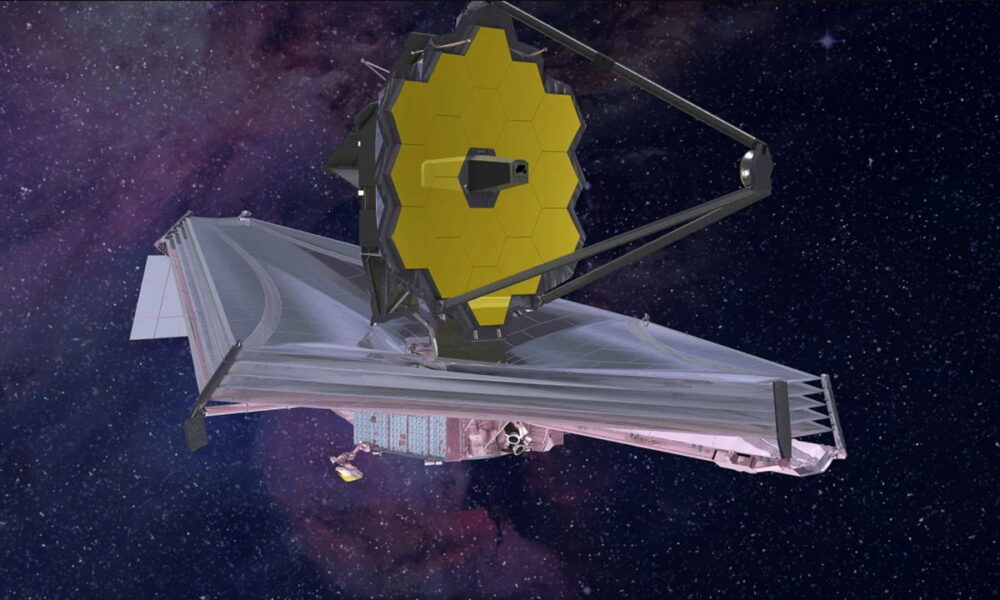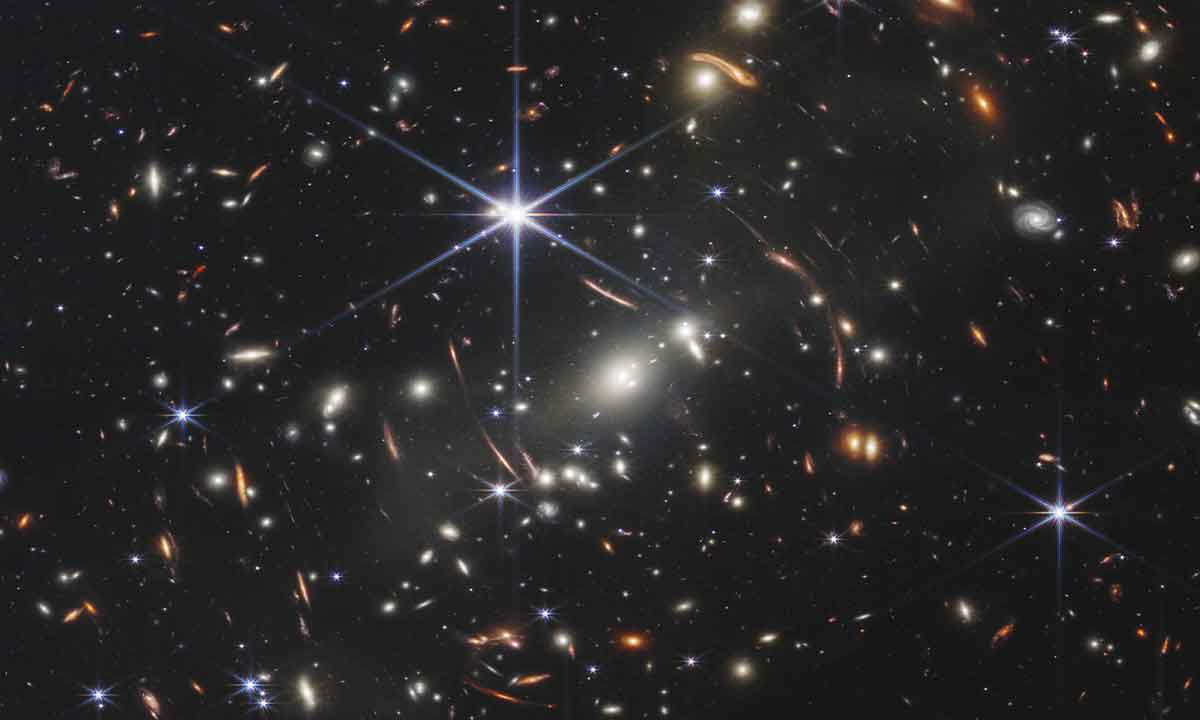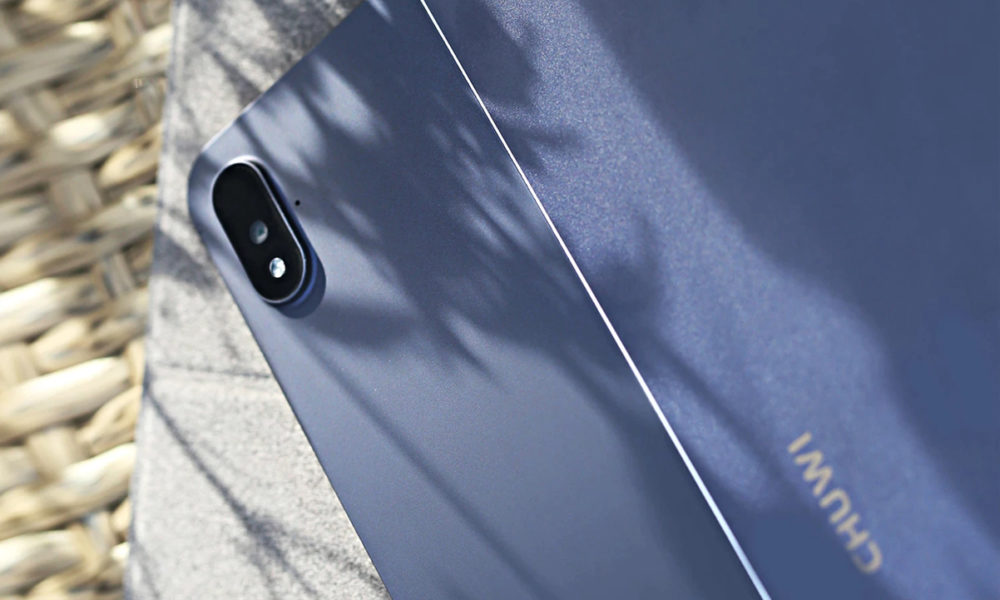
Last week, after a long time of waiting, we finally got to see the first final images captured by the James Webbthe engineering masterpiece that, after multiple delays and increases in its budget, is now at the Lagrange point L2, where it is expected to spend the rest of its useful life, initially calculated at around two decades, but which can be reduced or enlarged depending on a host of circumstances.
As we already told you when reviewing the past, present and future of the James Webb, the telescope was hit by a meteoroid in late May, specifically between the 22nd and 24th of that month. Although this event made many of the mission participants hold their breath, the first information that was issued about it did not diminish the importance of the incident, but confirmed that the damage was manageable and that the telescope could go ahead with its plans.
Based on analysis conducted since then, it has been determined that the impact exceeded the forecasts of the damage that could be caused by a single micrometeoroid. Whether due to its size, its speed or the resistance calculated for the components of the James Webb, this is an important signal, which has led the space telescope team to work on the search for the necessary means to try to predict and mitigate possible future impacts.
the meteoroid hit segment C3 of the mirror, made up of 18 hexagonal mirrors and, according to the checks carried out subsequently, the optical quality of said segment has decreased significantly with respect to the tests carried out on it before the James Webb left our planet. This, with the other 17 mirrors in their current conditions, does not pose a serious problem, as can be deduced by looking at the images from last week, but it does alert us to the existing risks.
Meteoroid impacts were expected from the very beginning of the mission and, in fact, with the one on May 22-24, the James Webb would have already received a total of five, four of which would not have had any impact on the instruments and operation of the telescope. The problem is that with more hits like the critical one, the rate of degradation of the James Webb could be greater than initially anticipated, thus shortening its useful life.
Thus, the early detection of objects that may collide with the James Webb becomes a fundamental task in the operation of the telescope. A singularly complex task, but essential if you want to guarantee that it is capable of offering us unique catches for at least two decades.
With information from Gizmodo




